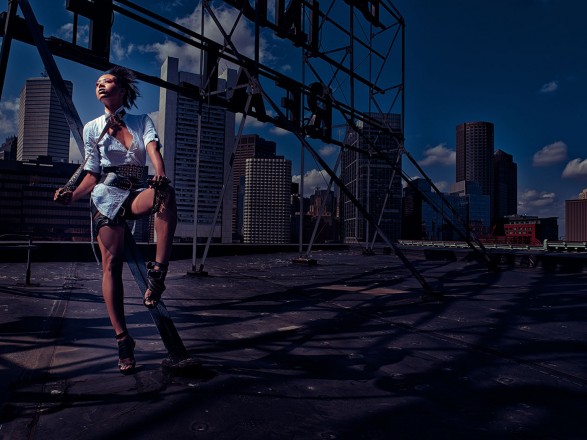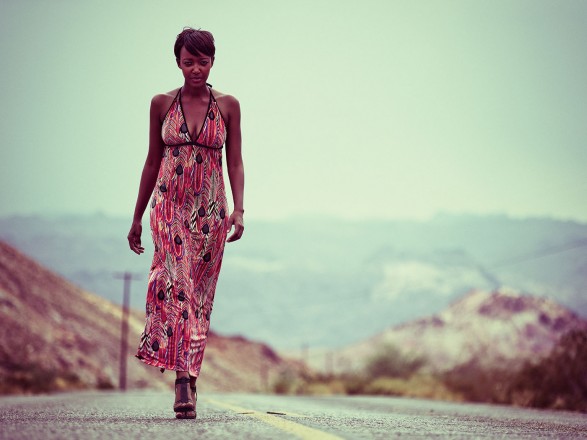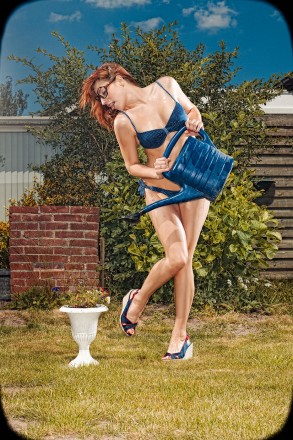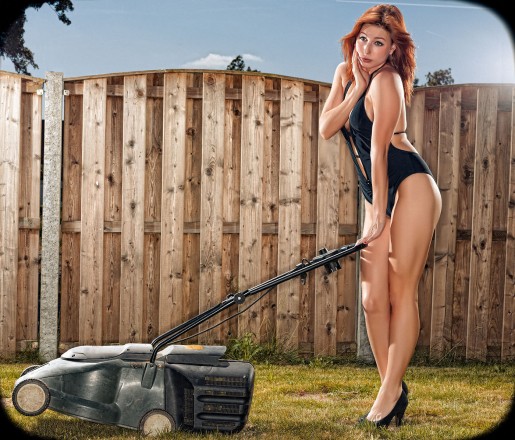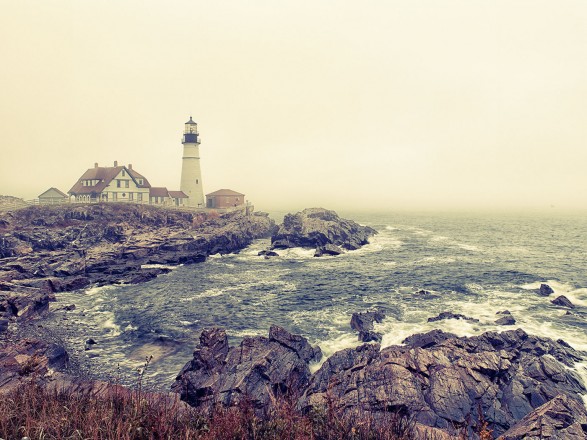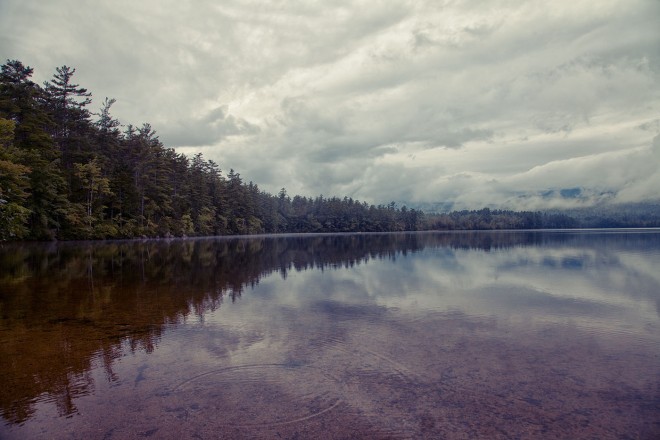Studio Techniques on Location, Location, Location
I often hear photographers talk about the most beautiful locations they would love to shoot in, and most of the time those locations are far away, hard to reach, or just some place where they’ll probably never shoot. So why do we want to shoot in those locations?
The answer is simple: we love to photograph things that we normally can’t or that are different from what we usually see. What a lot of people forget is that the most beautiful locations are often in our own region or home. We don’t realize this because we see them every day, or even every minute of the day. Your location is unique and something others would love to see in a good image. When you realize this, you’ll find out very quickly that there are so many options available to you that it will make your head spin.
When we shoot at a location that’s unique to us, it’s important to show features of that location in the images. Photographers often focus too much on the subject, so there’s not much to see of the location. When you shoot in a location, force yourself to experiment with different views. For example, if you fly to Boston for a workshop, you don’t want to be shooting in a hotel room or a studio. You want to go out and shoot images that place you in Boston. In this image, I think showing the skyline of Boston and the sign makes the image much more interesting.
Not So Inspiring
Some locations are more inspiring than others, right? Actually, I don’t fully agree. I get more creative juices flowing from more exotic locations, but I also think that you should really look for options in the locations you’re given to shoot in. The next shot is from a photo shoot in Nelson, Nevada. There were other great locations were we did shoots, but this road drew my attention and I couldn’t resist taking the shot. The low angle and color treatment makes the shot more interesting than some images I’ve taken in great locations. This shot was done with 100% natural light by the way.
Close to Home
It sounds funny but my best advice to students is always keep your eyes open. Some will laugh and say it’s difficult to shoot with closed eyes, but what I mean goes much deeper. Don’t be blind to surroundings—explore and try to look with what I call photography eyes. Always try to visualize the situation with your subject, or if you’re a landscape photographer, try to visualize the situation as a final shot, even when you think it will never work in that location.
I strongly advise everyone to take a drive around your hometown at least every few months with your photography eyes open. Often we just drive around without looking for photographic opportunities, so we miss a lot of options for amazing shots. Remember that a good image can be made in different locations; it doesn’t have to be a golden beach or New York’s Times Square. As you saw in the previous image, a simple desert road can become a great image when looked at through the eyes of a photographer.
But what can we find close to home? The following two shots were done in my back garden. By adding some styling and a model who can act the part, you can shoot these in your own garden. In this case, it’s not the location that makes the image; it’s just the stage where the model does her “thing.” In these shots I used a ring flash on the camera as the main light and two accents from the side to give the model a bit more depth.
Inside
You don’t have to go out to get nice shots. It can be very easy to transform a wall in your studio (or home) into something special. In the following shot, I used two strobes from either side of the model as my light. The model is standing against a wall we painted in our studio that’s great for many different shoots. Someone once told me when I had the idea to have some walls painted in our studio that it was a bad idea because I would probably only use it once or twice before getting bored. The reality is that I’ve been using these kinds ofwalls for some years now, and keep exploring new ways to light them and to treat them in Photoshop to keep them looking new and fresh. Also because we decided to make the walls abstract, I can use different parts of the walls in different ways.
Landscape
I don’t see myself as a landscape photographer, but in the following shots I had to deal with a whole other problem. We drove several hours to make a great postcard shot from a lighthouse and some nice landscapes just for fun. The closer we got to the locations, the worse the conditions got: lots of mist and white skies. According to some, it was an absolute horror story. Maybe they would have turned around and gone home, but what you have to realize is that most postcard images are shot with clear blue skies. I decided to see the challenge and took these shots. With a little bit of Photoshop, I think they turned out rather good and maybe even unique for those locations. Although the article gives you information about locations and is written from the viewpoint of a “people” photographer, it translates to every other part of photography. You have to try to find the image in any scene you’re confronted with. Remember that this will never replace careful planning of a shot. You can never beat a shot that was taken at the right time in the right location, but hopefully this article will give you an insight in working with what you have.
Frank brings a different perspective to the photographic landscape. A few months ago he provided a guest blog post on Scott Kelby’s blog sharing his thoughts on “The Hunting Photographer“. I really enjoyed that post and hope you do too. For more on-location information – check out this class by Jeremy Cowart “On Location Photography” or let these creative and unique images over on 500px take you on a magical journey.

